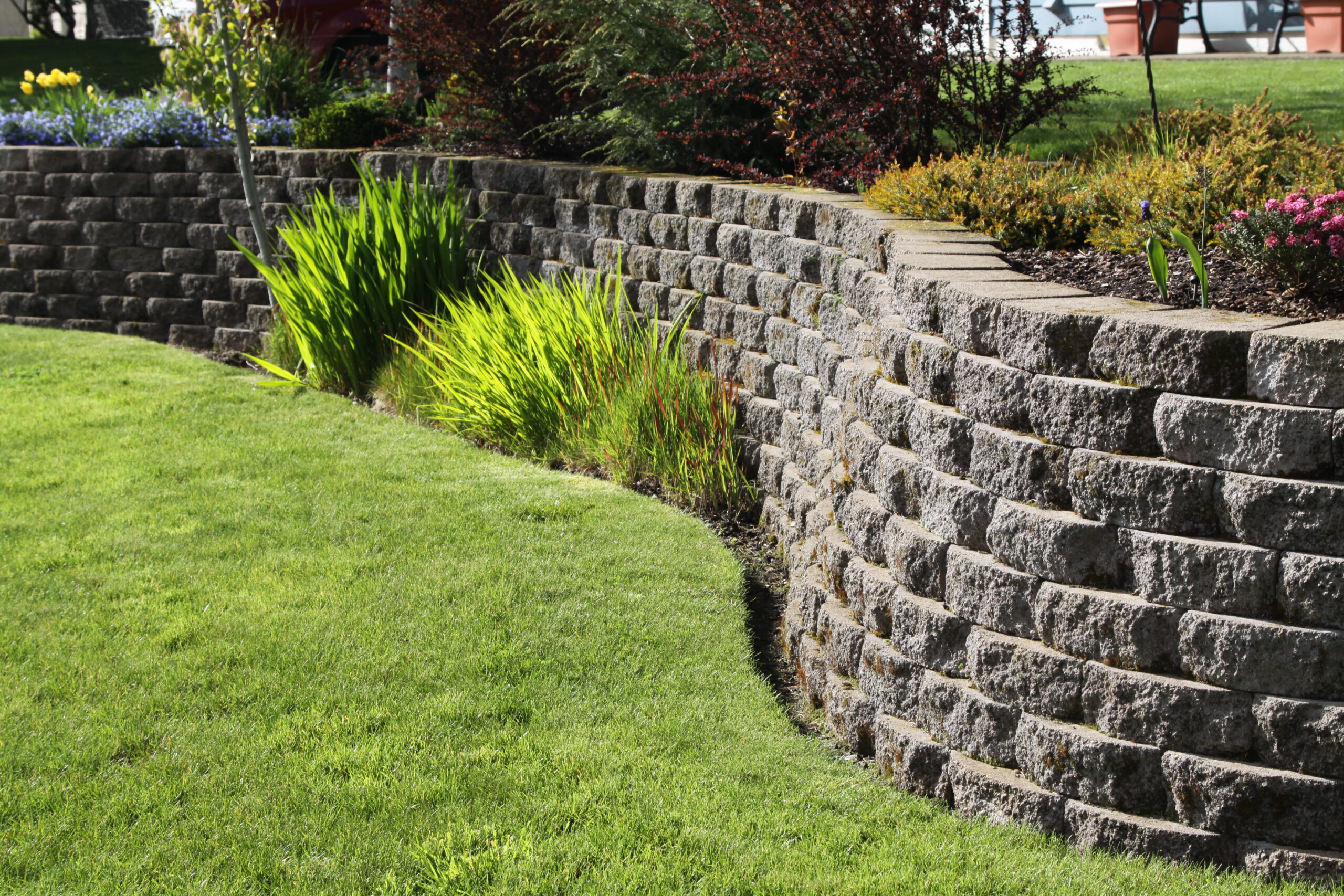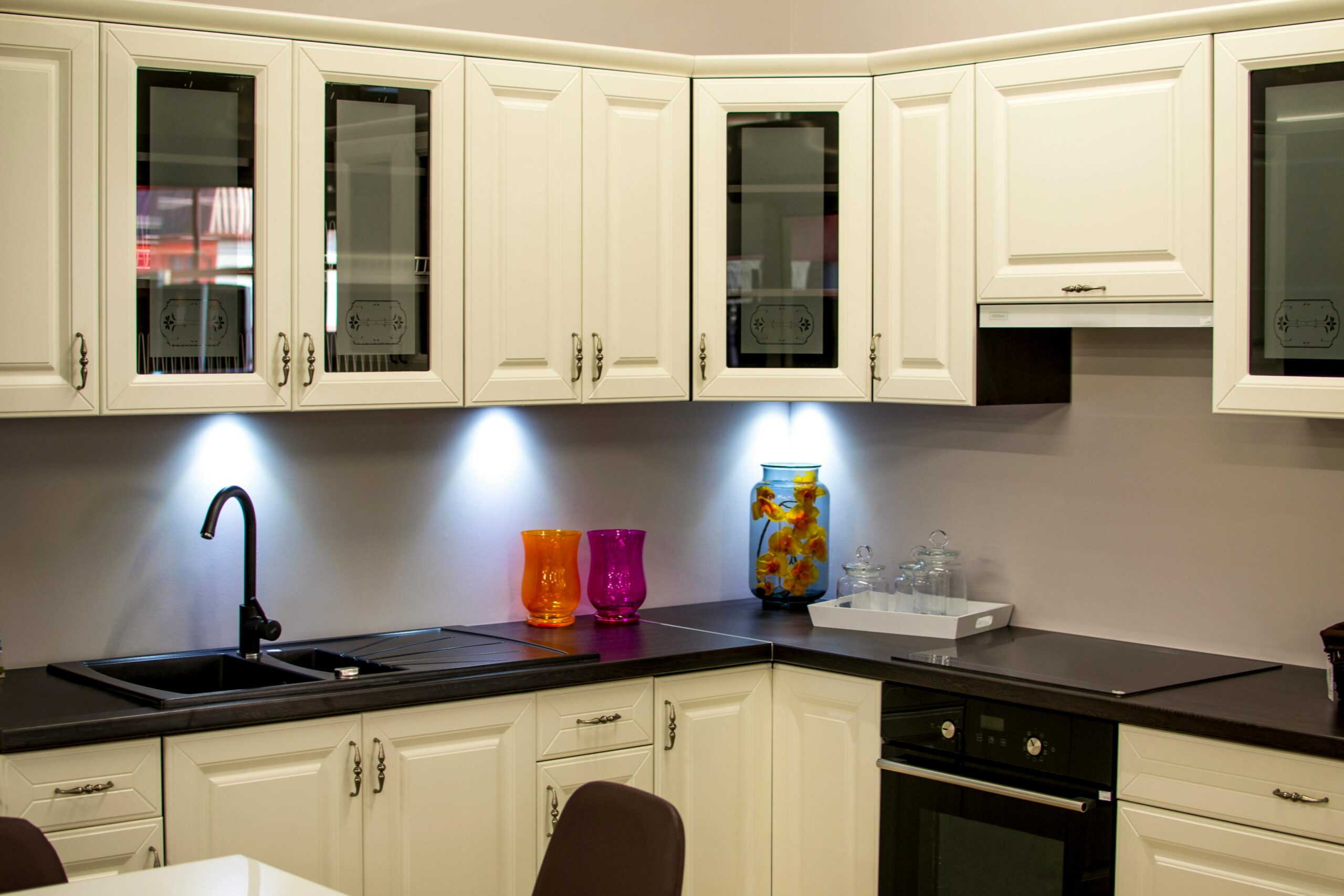The Art and Science of Retaining Walls: Enhancing Landscapes with Purpose
Retaining walls are more than just functional structures; they are an essential element of landscape design that combines engineering, practicality, and aesthetics. Whether you’re managing sloped terrains, preventing soil erosion, or simply adding a decorative touch to your property, retaining walls play a crucial role in transforming outdoor spaces. In this guest post, we’ll explore the key aspects of retaining walls, their benefits, and the considerations for choosing the right type for your needs.
What Are Retaining Walls?
Retaining walls are structures designed to hold back soil, prevent erosion, and manage water runoff in sloped or uneven landscapes. They create usable space in challenging terrains by transforming slopes into flat, stable areas suitable for gardening, pathways, or patios. Retaining walls can be constructed using a variety of materials, including:
- Concrete blocks: Durable and versatile, ideal for modern and functional designs.
- Natural stone: Offers a timeless, rustic aesthetic that blends seamlessly with natural surroundings.
- Timber: A cost-effective option that provides a warm, organic feel.
- Brick: Classic and elegant, suitable for formal landscapes.
Benefits of Retaining Walls
1. Erosion Control
One of the primary purposes of retaining walls is to prevent soil erosion caused by rain, wind, or gravity. By stabilizing the soil, these walls protect your property and maintain the integrity of your landscape.
2. Enhanced Usability
Sloped yards can be challenging to use effectively. Retaining walls create level areas, enabling you to build gardens, outdoor seating spaces, or play areas.
3. Aesthetic Appeal
Retaining walls are not just functional; they can also be designed to enhance the beauty of your landscape. With a range of materials, colors, and designs available, they can complement any architectural style.
4. Increased Property Value
Well-constructed retaining walls can significantly boost the value of your property by improving its usability and curb appeal.
Types of Retaining Walls
1. Gravity Walls
These rely on their sheer weight to resist the pressure of the soil. Made from heavy materials like stone or concrete, gravity walls are simple yet effective.
2. Cantilevered Walls
These walls use a reinforced base and leverage to withstand soil pressure, making them suitable for taller installations.
3. Sheet Piling Walls
Ideal for tight spaces, these walls involve driving thin steel or vinyl sheets deep into the ground to hold back the soil.
4. Anchored Walls
For added strength, anchored walls use cables or rods anchored into the soil or rock behind the wall.
5. Segmental Retaining Walls (SRWs)
Built using interlocking concrete blocks, these walls offer flexibility, strength, and a polished appearance.
Considerations for Building Retaining Walls
When planning a retaining wall, it’s important to consider the following factors:
- Purpose: Determine whether the wall is for functional, decorative, or dual purposes.
- Material: Choose a material that suits your budget, landscape style, and maintenance preferences.
- Drainage: Proper drainage is essential to prevent water buildup and ensure the longevity of the wall.
- Height: Local building codes often dictate height restrictions; walls above a certain height may require professional engineering.
- Soil Type: The type of soil affects the design and construction of the retaining wall.
Installation Process
Constructing a retaining wall involves careful planning and execution. Here’s a step-by-step overview of the process:
- Planning and Design: Start with a clear plan. Determine the location, purpose, and materials for your wall. If the wall exceeds a certain height, consult a professional engineer.
- Site Preparation: Clear the area of debris and vegetation. Mark the boundaries of the wall using stakes and strings.
- Excavation: Dig a trench for the foundation. The depth of the trench depends on the height of the wall and the type of soil.
- Foundation: Lay a solid base using gravel or concrete to ensure stability.
- Building the Wall: Start laying the materials from the bottom up, ensuring each layer is level. For interlocking blocks, follow the manufacturer’s instructions.
- Backfilling and Drainage: Add gravel behind the wall for drainage. Incorporate drain pipes if necessary to prevent water buildup.
- Finishing Touches: Once the wall is complete, backfill the area behind it with soil and compact it. Add landscaping features like plants or lighting for added appeal.
Maintenance Tips
To ensure the longevity of your retaining wall, follow these maintenance tips:
- Regularly inspect the wall for signs of wear or damage, such as cracks or bulges.
- Keep the drainage system clear of debris to prevent water accumulation.
- Avoid planting large trees near the wall, as their roots can exert pressure on the structure.
- Reapply sealant to materials like timber or stone to protect them from weathering.
Conclusion
Retaining walls are a harmonious blend of utility and beauty, offering solutions to landscape challenges while adding character to outdoor spaces. Whether you’re a homeowner looking to revamp your yard or a contractor seeking to optimize terrain, the right retaining wall can make all the difference. By choosing the appropriate type, material, and design, you can create a structure that stands the test of time and enhances the overall appeal of your property.
Are you ready to elevate your landscape? Explore the possibilities with retaining walls and unlock the potential of your outdoor space!











Post Comment